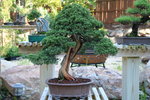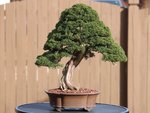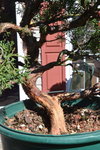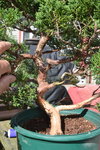Japonicus
Imperial Masterpiece
A juniper task I've never tackled is removing old bark.
On shimpaku, the bark is flaky and looks to be an easy task.
? How long till it builds the flaking texture back as it grows?
I'm sure it depends on the development stage...I will be feeding well
as with most other trees I have, repotting this coming Spring.
On shimpaku, the bark is flaky and looks to be an easy task.
? How long till it builds the flaking texture back as it grows?
I'm sure it depends on the development stage...I will be feeding well
as with most other trees I have, repotting this coming Spring.









